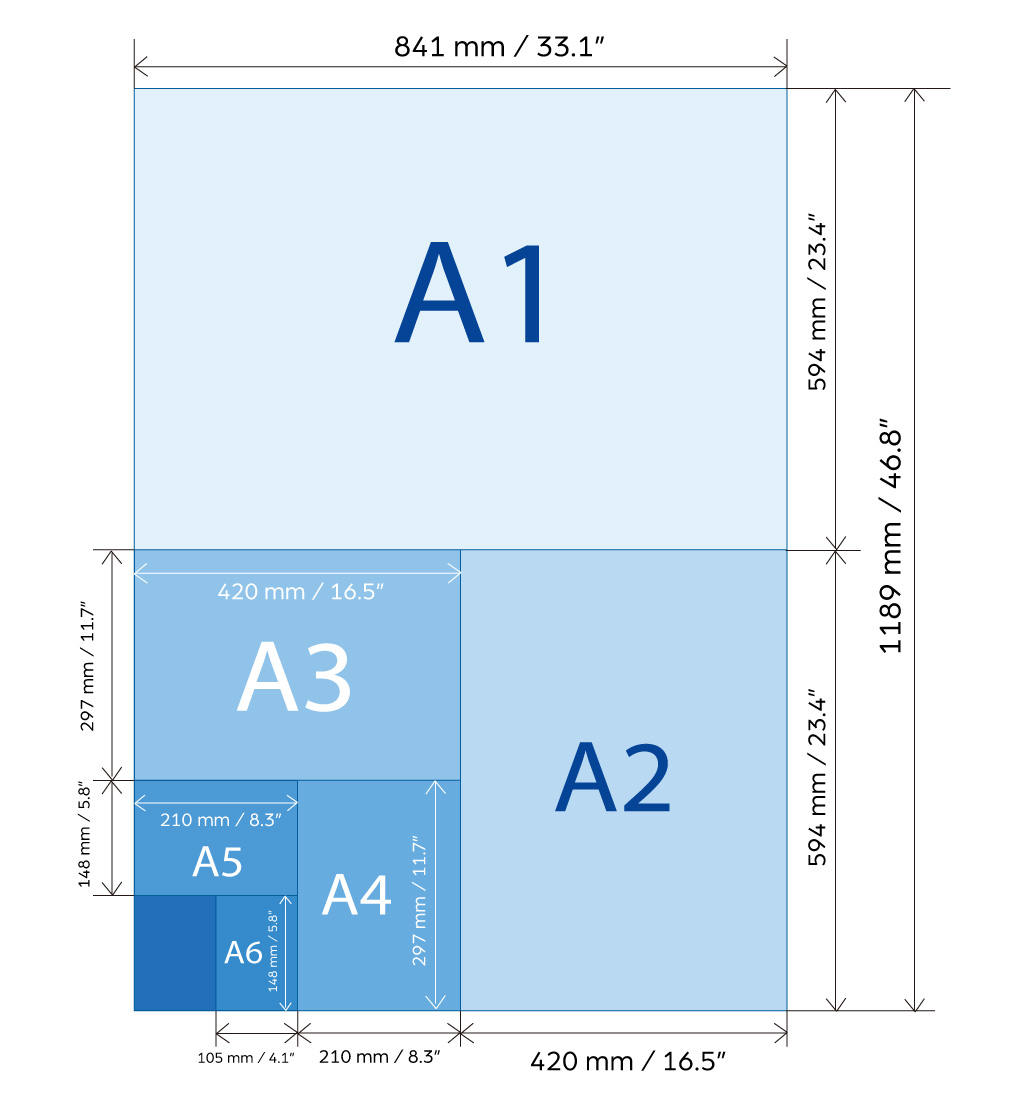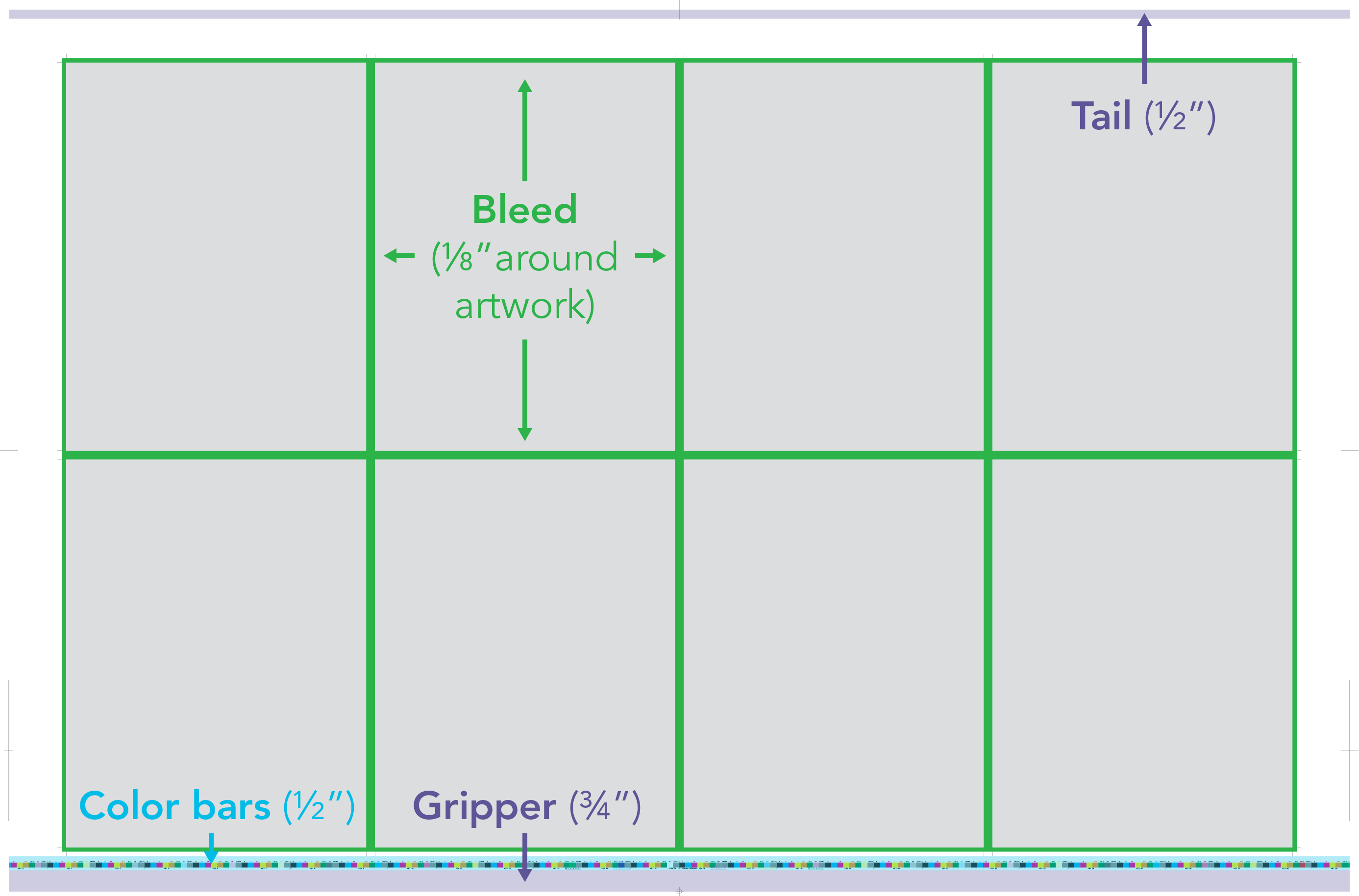Melyek a szabványos ofszet papírméretek?
Offset papírméretek
A nyomtatás világában az ofszetpapírt sokoldalúsága, kiváló minőségű eredményei és költséghatékonysága miatt széles körben használják. Az ofszet papírméretek ismerete elengedhetetlen a nyomdai projektek tervezéséhez és kivitelezéséhez. Ebben az átfogó útmutatóban megvizsgáljuk az ofszetpapír szabványos méreteit, az ofszet- és a digitális nyomtatás közötti papírfelhasználás különbségeit, valamint az ofszetnyomtatási projektek papírfelhasználásának optimalizálására vonatkozó stratégiákat.
A szabványos ofszet papírméretek megértése
Offset papír többféle szabványos méretben kapható, amelyek mindegyike különböző célokat és alkalmazásokat szolgál. A legtöbb gyakori ofszet papírméretek A4, A5, levél és jogi méret. Ezeket a méreteket széles körben használják a különböző iparágakban, és könnyen hozzáférhetőek és költséghatékonyak.
Az eltolás méretei papír jelentős hatással van a nyomtatásra folyamat. A papír mérete határozza meg az elrendezési és tervezési lehetőségeket, valamint azt, hogy hány oldal fér el hatékonyan egy lapon. Lényeges, hogy megérteni az ofszetpapír közötti kapcsolatot méretek és nyomtatási hatékonyság az erőforrások optimalizálása és a hulladék minimalizálása érdekében.
A megfelelő méretű ofszetpapír kiválasztása a nyomtatási projekthez alapos megfontolást igényel. Olyan tényezőket kell figyelembe venni, mint a tartalom típusa, a kívánt elrendezés és a költségvetési korlátok. Számos forrás áll rendelkezésre a különböző méretű ofszetpapír megvásárlásához vagy megrendeléséhez, beleértve az online szolgáltatókat, a helyi nyomdákat és a speciális papír üzletek.
A testreszabási lehetőségek az ofszet papírméretekhez is rendelkezésre állnak. Ha az Ön nyomtatási projektje nem szabványos méretet vagy formát igényel, számos a nyomdák rugalmasan alkalmazkodnak az egyedi igényekhez. A testreszabási lehetőségek közé tartozhatnak a vágott méret, a lapos méret és a vágási méretváltozatok.
Offset nyomtatás vs. digitális nyomtatás: Papírfelhasználásbeli különbségek
Az ofszetnyomtatás és a digitális nyomtatás két népszerű nyomtatási módszer, mindegyiknek megvannak a maga előnyei és szempontjai. A papírfelhasználás tekintetében jelentős különbségek vannak a kettő között.
Az egyik legfontosabb különbség az, hogy az ofszet- és a digitális nyomtatók hogyan kezelik a papírméreteket. Az ofszetnyomtatók általában sokoldalúbbak, és a papírméretek, -tömegek és -alapanyagok széles skáláját tudják kezelni. Ez nagyobb testreszabási lehetőségeket tesz lehetővé, és lehetővé teszi a nyomdagép kalibrálását az adott nyomtatandó anyag alapján. papírtípus használják. A digitális nyomtatók viszont a papír méretét és vastagságát illetően korlátozásokkal rendelkeznek.
A papírméretnek a nyomtatás minőségére és költségeire gyakorolt hatása az ofszet- és a digitális nyomtatás esetében eltérő. Míg a digitális nyomtatás gyors átfutási időt kínál, és költséghatékonyabb a kis példányszámú nyomtatás esetében, addig az ofszetnyomtatás a nagyobb mennyiségű megrendeléseknél kiemelkedik. Az ofszetnyomtatás emellett kiváló színvisszaadással és élességgel rendelkezik, így a kiváló minőségű nyomatokat igénylő projektek esetében előnyben részesül.
Amikor a papírméretek alapján dönt az ofszet- és a digitális nyomtatás között, fontos, hogy különböző tényezőket vegyen figyelembe. Ezek közé tartozik a kívánt nyomtatási mennyiség, az átfutási idő, a költségvetés és az egyedi nyomtatási követelmények. A különböző papírméretek esetében az ofszetnyomtatás előnyeit bemutató esettanulmányok értékes betekintést nyújthatnak, és segíthetnek a döntéshozatali folyamatban.
A papírfelhasználás optimalizálása az ofszetnyomtatási projektekben
A hatékonyság kulcsfontosságú az ofszetnyomtatási projekteknél, és a papírfelhasználás optimalizálása kulcsfontosságú a költségmegtakarítás és a hulladékcsökkentés szempontjából. Íme néhány stratégia az optimális eredmények eléréséhez:
- Optimalizálja a nyomdai ívek használatát a papírméretre vonatkozó követelmények alapján. Az elrendezés gondos megtervezésével és megszervezésével maximalizálhatja az egyes sajtóívek felhasználását, és minimalizálhatja a pazarlást.
- Csökkentse a pazarlást és növelje a költségmegtakarítást a hatékony papírfelhasználás révén. A nyomtatási projekt megfelelő megtervezése biztosítja, hogy a megfelelő mennyiségű papírt rendelje meg, és minimalizálja a felesleges készletet.
- Igazítsa a síkméretet a sajtólemez méreteivel. Ez biztosítja, hogy a mű tökéletesen illeszkedjen a nyomdai ívre, csökkentve a hibák kockázatát és az újranyomtatás szükségességét.
- Maximálja a hatékonyságot a csoportos nyomtatással. A csoportos nyomtatás során egyetlen nyomdai ívre egy minta több változatát nyomtatják. Ez lehetővé teszi a termelékenység növelését és a költségmegtakarítást.
- A nyomdai íveken hagyjon helyet a markolónak, a faroknak, a színsávoknak és a kivágásoknak. Ezek az elemek elengedhetetlenek a nyomtatási folyamathoz, és figyelembe kell venni őket az elrendezés megtervezésekor.
- Fontolja meg több változat kombinálását egyetlen nyomdai lapon. Ez tovább optimalizálhatja a hatékonyságot és csökkentheti a költségeket a szükséges nyomdai ívek számának minimalizálásával.
- A síkméretet illessze a sajtólap méreteihez. A megfelelő illeszkedés biztosításával elkerülheti a felesleges hulladékot, és megtakaríthatja a nyomtatási költségeket.
- Számítsa ki a papírkészlet rendelkezésre állásának ütemezését. A nyomdai projektek késedelmének elkerülése érdekében fontos, hogy előre tervezzen, és biztosítsa, hogy a szükséges papírkészlet rendelkezésre álljon, amikor szükség van rá.
E stratégiák végrehajtásával optimalizálhatja a papírfelhasználást, csökkentheti a hulladék mennyiségét és költségmegtakarítást érhet el ofszetnyomtatási projektjei során.
Összefoglalva, az ofszet papírméretek megértése kulcsfontosságú a sikeres nyomtatási projektekhez. Akár szabványos méreteket keres, akár testreszabási lehetőségekre van szüksége, az ofszetpapír sokoldalúságot és költséghatékonyságot kínál. Az ofszet- és a digitális nyomtatás közötti papírfelhasználásbeli különbségek ismerete segíthet abban, hogy megalapozott döntéseket hozzon az Ön egyedi igényei alapján. Az ofszetnyomtatási projektek papírfelhasználásának optimalizálásával maximalizálhatja a hatékonyságot és minimalizálhatja a hulladékot, ami költségmegtakarítást és kiváló minőségű nyomatokat eredményez.
| Offset papír Méret | Méret (szélesség x magasság) |
|---|---|
| A4 | 210mm x 297mm |
| A5 | 148mm x 210mm |
| Levél méret | 8.5in x 11in |
| Jogi méret | 8.5in x 14in |
| Offset nyomtatás | Digitális nyomtatás |
|---|---|
| Sokoldalú | Korlátozásokkal járhat |
| Kiváló színvisszaadás | Gyors átfutási idő kis példányszámú nyomtatás esetén |
| Költséghatékony nagy mennyiségű megrendelések esetén | Kis példányszámú nyomtatás esetén költséghatékonyabb lehet. |
## GYIK a következőkről Standard ofszet papír Méretek:
Melyek az ofszetpapírok szokásos szabványméretei?
V: A szabványos ofszet papírméretek megértéséhez ismernie kell az olyan gyakori méreteket, mint az A4, A5, levél és jogi méret.
Hogyan befolyásolja az ofszetpapír mérete a nyomtatási folyamatot?
V: Az ofszet papírméretek és a nyomtatás hatékonysága közötti kapcsolat olyan tényezők figyelembevételével érthető meg, mint az elrendezési lehetőségek és az egy lapon elférő oldalak száma.
Hol lehet különböző méretű ofszetpapírt vásárolni?
V: Ha különböző méretű ofszetpapírt szeretne vásárolni, olyan lehetőségeket kereshet, mint az online szolgáltatók, helyi nyomdák és speciális papírboltok.
Vannak testreszabási lehetőségek az ofszet papírméretekhez?
V: Az ofszet papírméretekhez gyakran kínálnak testreszabási lehetőségeket, például vágott méret, sík méret és vágási méretváltozatok, hogy alkalmazkodjanak az egyedi projektigényekhez.
Miután elmerültünk az ofszet papírméretekben és a nyomtatási módszerekben, világossá vált, hogy a méret mennyire fontos. A méretek összehangolása optimalizálja a hatékonyságot és csökkenti a hulladékot a költséghatékony eredmények érdekében. Az ofszetnyomtatás a papír sokféleségével és testreszabhatóságával, míg a digitális a gyorsaságával büszkélkedhet. Gondosan mérlegelje a projekt igényeit, amikor a kettő közül választ. Törekedjen a maximális nyomtatási hatékonyságra a síkméretek és a nyomdai ívek méreteinek összehangolásával és a hely bölcs kihasználásával. Ne feledje, hogy a megfelelő papírméret jelentős hatással lehet a nyomtatási útra.





